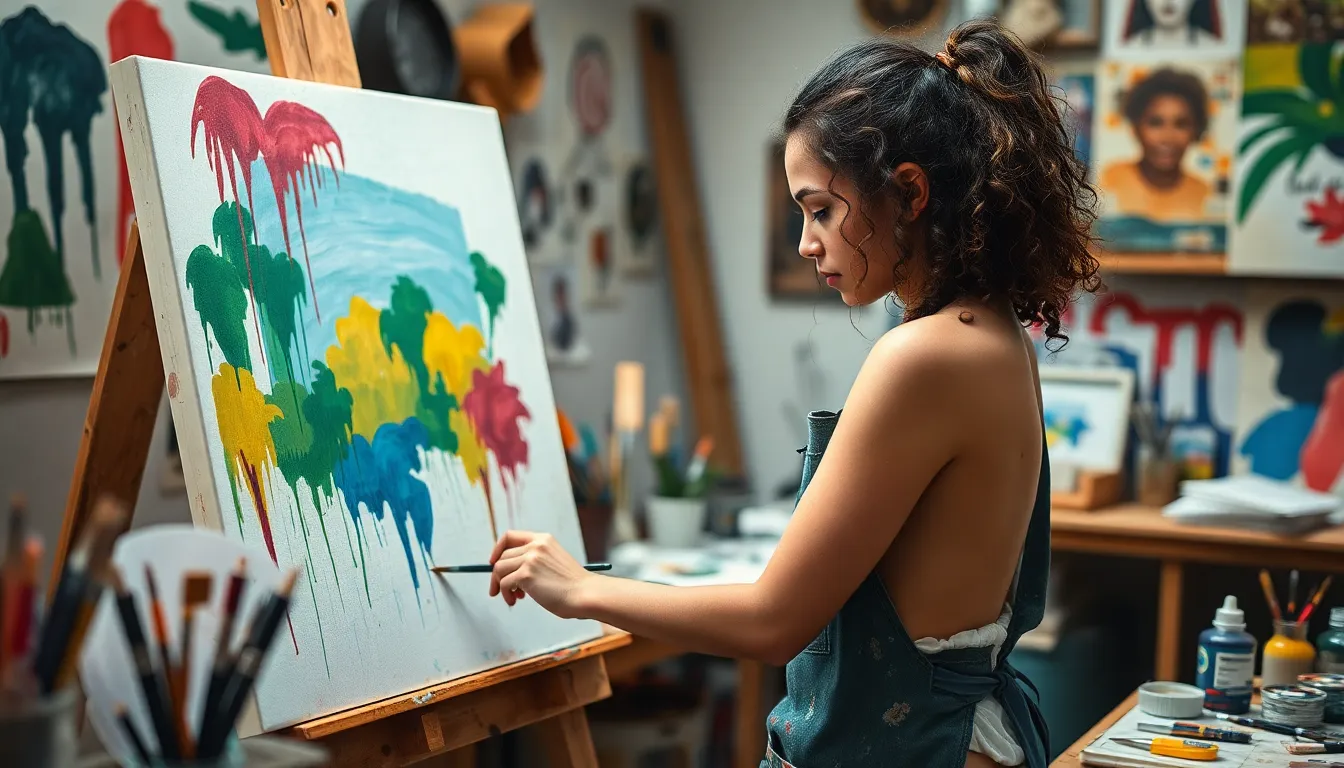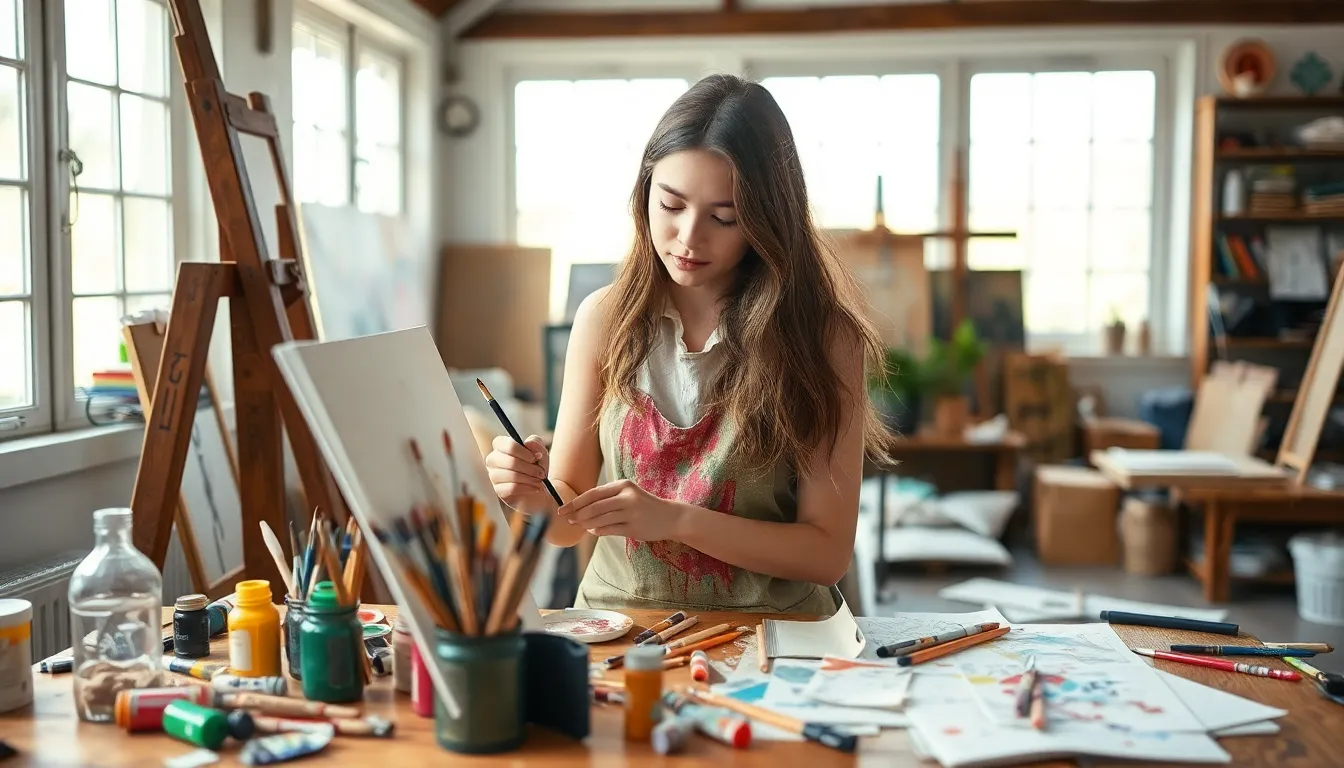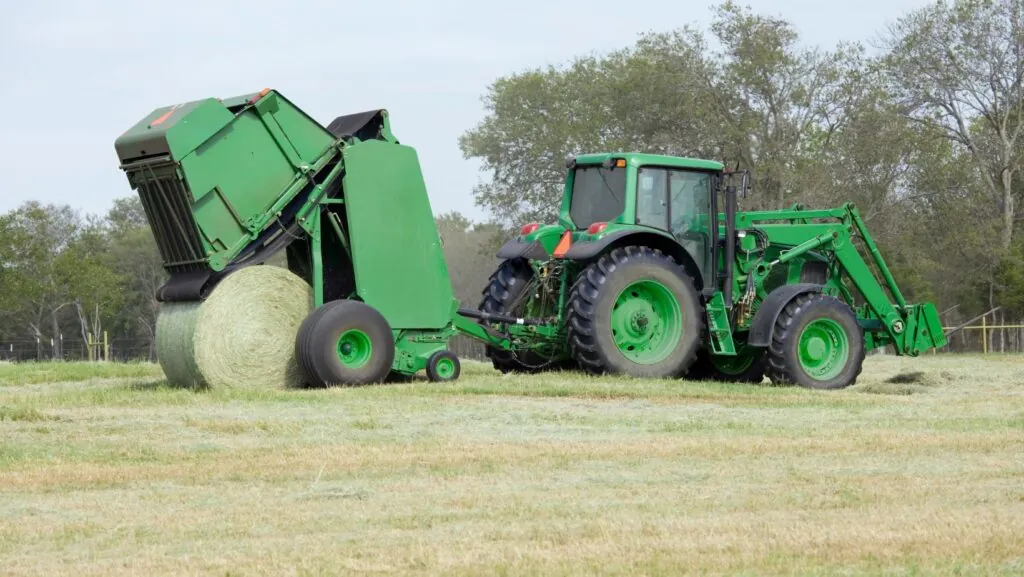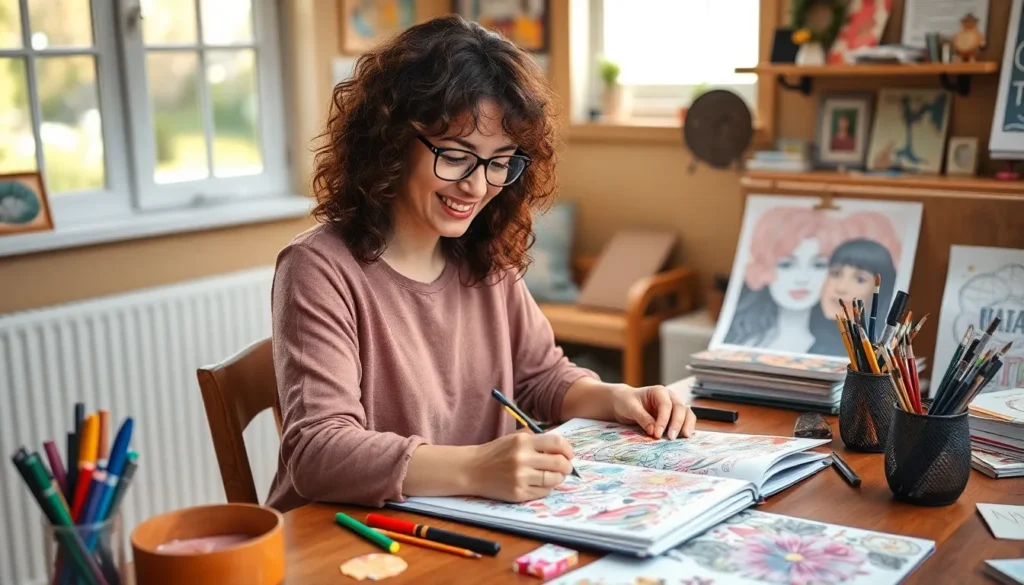Table of Contents
ToggleEvery artist faces hurdles that can seem insurmountable. Whether it’s a creative block, the struggle to find inspiration, or the pressure to meet expectations, these challenges can be daunting. Yet, they also serve as catalysts for growth and innovation, pushing artists to explore new techniques and ideas.
Navigating artistic challenges is not just about overcoming obstacles; it’s about embracing the journey. Each setback offers valuable lessons that can lead to stronger, more authentic work. Understanding these challenges can empower artists to transform their struggles into powerful expressions of creativity, ultimately enriching their artistic journey.
Understanding Artistic Challenges
Artistic challenges encompass various obstacles that can hinder creativity and innovation. Common hurdles include:
- Creative Blocks: Artists often face periods where inspiration feels elusive. These blocks can stem from self-doubt, external pressures, or a lack of resources. Overcoming a creative block often requires experimentation with new methods or themes.
- Pressure to Meet Expectations: External expectations, whether from audiences or critics, can create stress. Artists might fear that their work won’t satisfy these demands. Managing this pressure often encourages risk-taking, leading to unique artistic expressions.
- Resource Limitations: Limited access to materials or funding can restrict an artist’s ability to execute their vision. Artists frequently seek alternative solutions, such as using unconventional materials or digital tools, to navigate these constraints.
- Time Management: Balancing artistic pursuits with personal or professional obligations can pose a significant challenge. Effective time management strategies, like setting specific goals or creating a structured schedule, often help artists allocate time efficiently.
- Self-Criticism: Many artists struggle with internal criticism that can stifle creativity. Confronting this self-doubt involves cultivating a supportive mindset that fosters growth and resilience.
Embracing these challenges typically results in profound personal and artistic growth. Each obstacle presents an opportunity for learning, ultimately enhancing an artist’s ability to innovate and express themselves more authentically.
Types of Artistic Challenges

Artists encounter various types of challenges that can hinder their creative processes. Understanding these challenges can empower artists to find innovative solutions and grow.
Creative Blocks
Creative blocks often stem from self-doubt and external pressures. They manifest as a mental barrier, preventing artists from fully expressing their ideas. Techniques such as setting smaller, achievable goals can help break down the larger task into manageable parts. Engaging in different activities may also stimulate new ideas and perspectives, allowing creativity to flow again.
Technical Limitations
Technical limitations refer to a lack of skills or knowledge in specific artistic techniques or tools. Artists may find themselves unable to execute their vision due to insufficient expertise in software or mediums. Taking workshops, online courses, or dedicating time to practice can elevate proficiency. Experimenting with available tools can also foster innovation, leading to the development of unique styles.
Resource Constraints
Resource constraints involve limited access to materials, tools, or funding for artistic projects. These limitations prompt artists to seek alternative materials or explore less conventional methods. Utilizing recycled or found objects can lead to unexpected and innovative results. Furthermore, collaborating with other artists may provide shared resources, enabling broader creative possibilities.
Overcoming Artistic Challenges
Overcoming artistic challenges requires specific strategies and a collaborative approach. Artists can apply various techniques to enhance creativity and build support networks.
Strategies for Creativity
- Set achievable goals: Breaking projects into smaller tasks makes them manageable and boosts motivation.
- Explore new mediums: Experimenting with unfamiliar materials can spark inspiration and lead to unexpected outcomes.
- Practice mindfulness: Engaging in mindfulness practices, such as meditation, can clear mental barriers and enhance focus.
- Take breaks: Short breaks during intense creative sessions allow the mind to refresh, often resulting in new insights.
- Document ideas: Keeping a journal or sketchbook can help capture fleeting thoughts or images, serving as a wellspring for future projects.
Seeking Support and Collaboration
- Join art groups: Participating in local or online art communities fosters connections with fellow artists, providing encouragement and constructive feedback.
- Attend workshops: Workshops offer opportunities to learn new techniques while networking with other creatives who share similar interests.
- Engage mentors: Finding experienced mentors can provide guidance, insight, and inspiration that aids in overcoming obstacles.
- Collaborate on projects: Partnering with artists from different disciplines allows for diverse perspectives and innovative solutions to problems.
- Share struggles: Openly discussing challenges with trusted peers can relieve stress and offer new approaches to overcoming difficulties.
The Impact of Artistic Challenges
Artistic challenges significantly shape an artist’s development, yielding benefits in personal growth and enhanced community influence. These obstacles prompt introspection and creativity while fostering connections within artistic circles.
Personal Growth
Personal growth emerges through confronting artistic challenges. Artists gain resilience and adaptability as they navigate setbacks like creative blocks or resource limitations. They develop problem-solving skills when faced with technical restrictions, pushing them to learn new techniques and approaches. For example, overcoming self-doubt often leads to greater self-awareness and appreciation of their unique artistic voice. Embracing failures as learning experiences cultivates confidence, allowing artists to forge deeper connections with their work and themselves.
Community and Cultural Influence
Artistic challenges also impact community and culture. When artists address their hurdles, they often inspire others facing similar issues. For instance, collaborating on projects or sharing struggles through art groups leads to mutual support and innovative solutions. This spirit of collaboration fosters a vibrant artistic community that thrives on shared experiences. Furthermore, artists who express their challenges in their work can influence cultural conversations, shedding light on societal issues and prompting deeper discussions. By doing so, they encourage empathy and connection among diverse audiences, enriching the cultural landscape.
Artistic challenges are integral to the creative journey. They push artists to adapt and innovate while fostering resilience and self-awareness. By embracing these obstacles, artists not only enhance their skills but also contribute meaningfully to their communities.
The strategies discussed empower artists to navigate their unique paths. Whether through collaboration or exploring new mediums, these experiences enrich both personal and collective artistic expressions. Ultimately, confronting challenges leads to deeper connections and a more vibrant cultural landscape, proving that every setback can be a stepping stone toward greater creativity.




